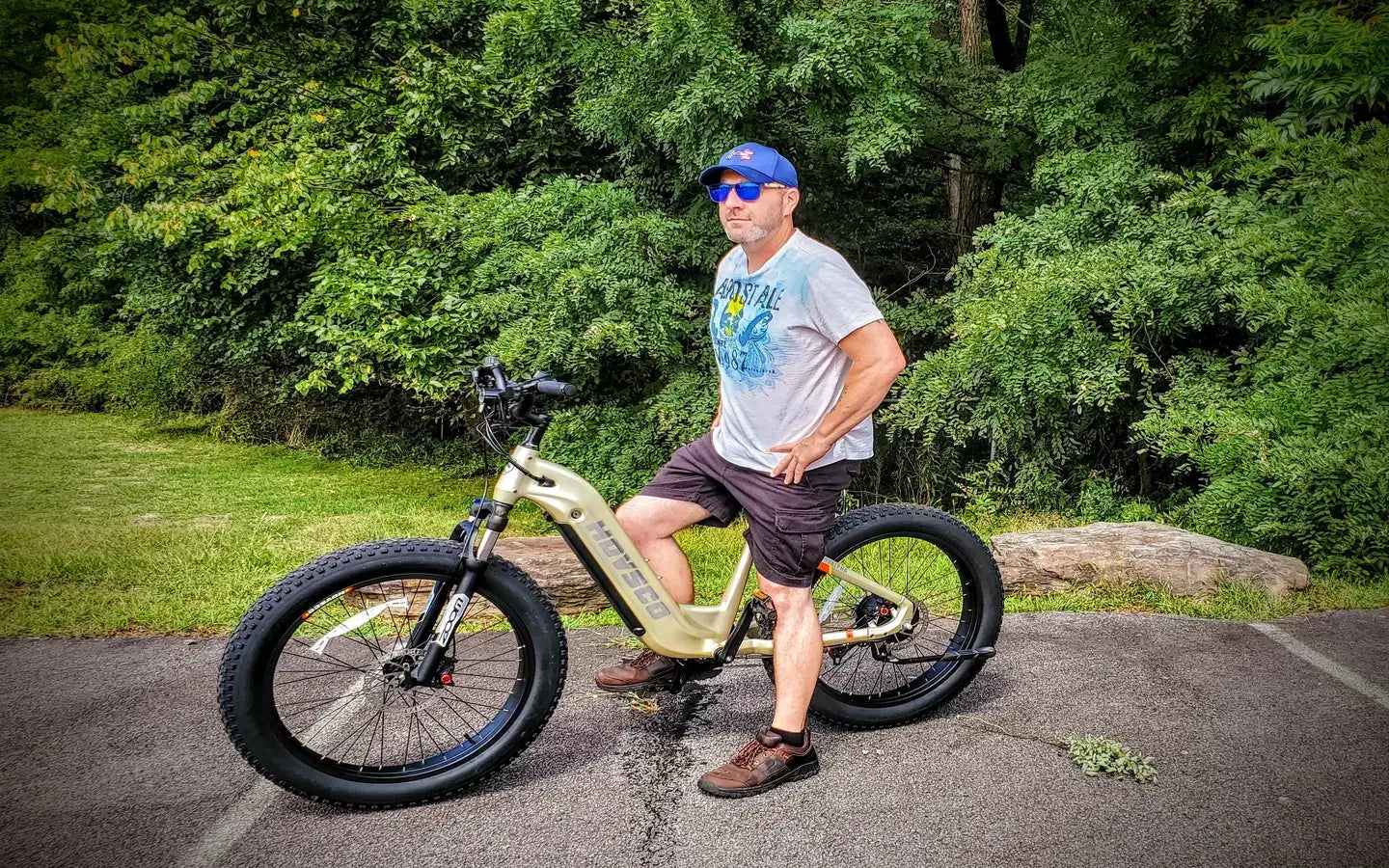
- by LiuJiazhu
Which Offers Lower Monthly Costs, Electric Bikes or Public Transportation?
- by LiuJiazhu
Electric bikes (e-bikes) generally offer lower monthly costs than public transportation for regular commuters, particularly for daily use over moderate distances. While upfront e-bike costs range from $800 to $3,000, long-term savings on fuel, tickets, and parking offset this investment. Public transportation fares, though convenient for sporadic use, accumulate faster for frequent riders. E-bikes also provide flexibility and indirect savings in time and health benefits.
Key factors include upfront investment, maintenance expenses, and usage frequency. E-bikes require initial purchase costs but minimal ongoing fees, while public transportation costs scale with ride frequency. For example, a $1,500 e-bike with $15/month maintenance becomes cheaper than a $100/month transit pass after 15 months.
Electric bikes involve battery charging ($1–$3 monthly) and periodic part replacements (tires every 1–2 years, brakes annually). Public transportation eliminates maintenance but ties costs to fare structures—single rides, weekly passes, or unlimited monthly plans. Cities like New York charge $132/month for unlimited subway access, whereas e-bike riders pay nothing beyond initial outlays. Practically speaking, commuters traveling 20+ days monthly often save with e-bikes. Beyond cost, e-bikes eliminate wait times and route limitations, enhancing productivity. Pro Tip: Calculate break-even points by dividing e-bike costs by monthly transit savings to determine payoff timelines.
E-bikes demand higher initial spending ($800–$3,000) versus transit passes ($50–$150/month). However, subsidies like the U.S. federal e-bike tax credit (30%, up to \$1,500) reduce net costs. Public transportation rarely offers comparable discounts. For budget-conscious buyers, refurbished e-bikes ($500–$1,200) provide mid-tier options.
| Cost Type | E-Bike | Public Transit |
|---|---|---|
| Initial | $800–$3,000 | $0 |
| Monthly | $10–$30 | $50–$150 |
| Annual | $300–$500 | $600–$1,800 |
Harsh winters or hilly terrain may increase e-bike costs (e.g., waterproof gear, battery drain on slopes). Public transportation reliability in extreme weather varies—delays or cancellations could necessitate ride-hailing backups ($5–$20 per trip). E-bike riders in flat, temperate cities maximize savings, while those in rainy climates might spend $100 annually on maintenance.
E-bike accessories (helmets, lights) add $50–$200 initially. Transit riders may pay for parking ($10–$50/month) at stations. Over five years, these extras can add $1,000+ to either option.
Infrequent riders (under 10 trips/month) save with pay-per-ride transit. Daily commuters (20+ trips) benefit from e-bikes—a $100 transit pass equals $1,200/year, surpassing most e-bike upkeep. For hybrid users, combining an e-bike with occasional transit minimizes total expenses.
Yes, for commuters using transit 15+ days monthly, e-bikes typically become cheaper within 1–2 years despite higher upfront costs.
Are e-bikes eco-friendly compared to public transit?E-bikes emit 22g CO2/km (battery charging) versus 55g CO2/km for buses. However, full trains or buses achieve better per-passenger efficiency.
Can e-bikes replace cars for short trips?Absolutely—e-bikes reduce parking fees, fuel costs, and maintenance for errands under 10 miles, saving $200+/month versus car ownership.
Share:
What Electric Bikes Are Best For Long-Distance Commuting In 2025?
What Are Essential Accessories for Long-Distance Electric Bike Touring?